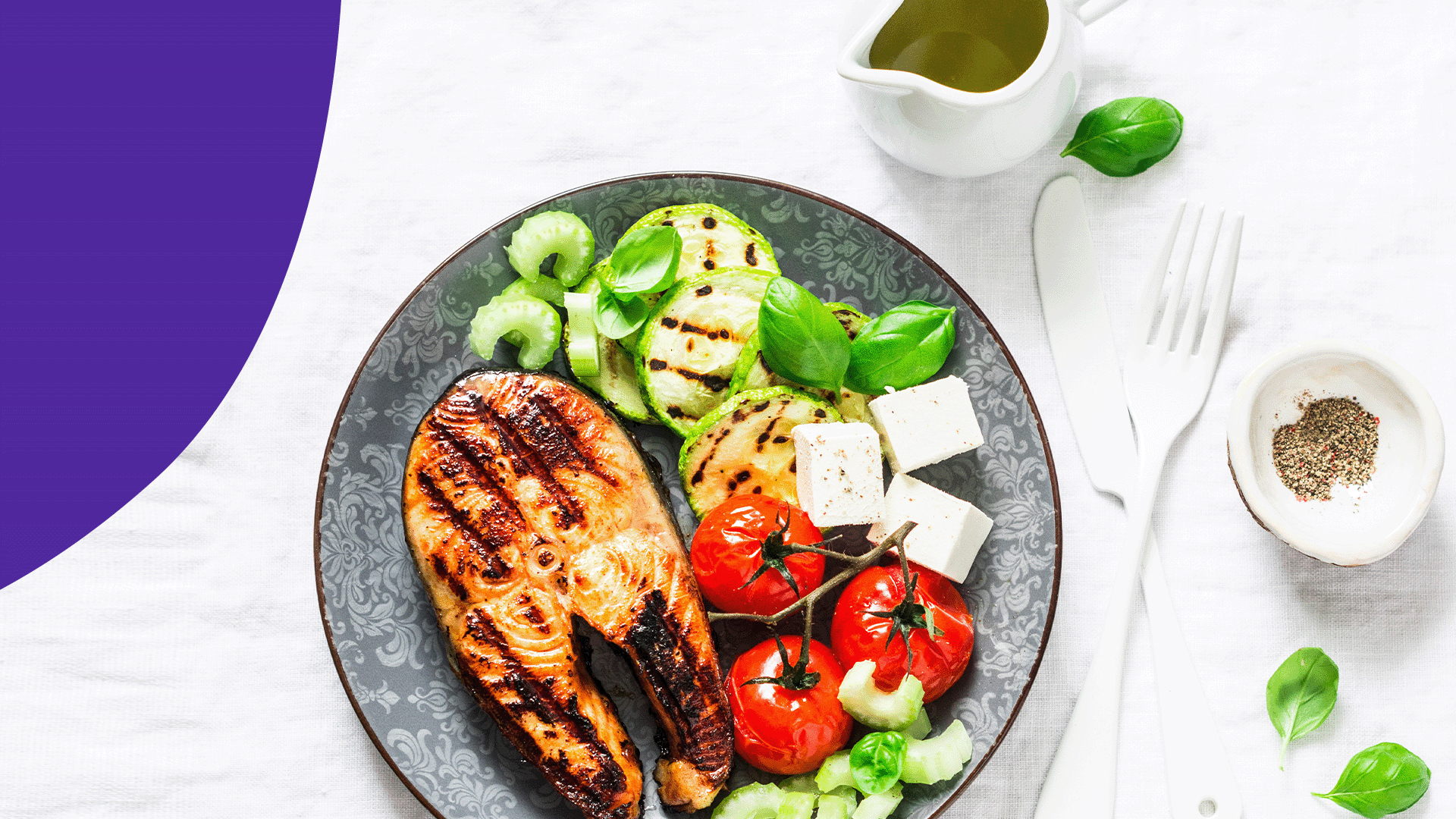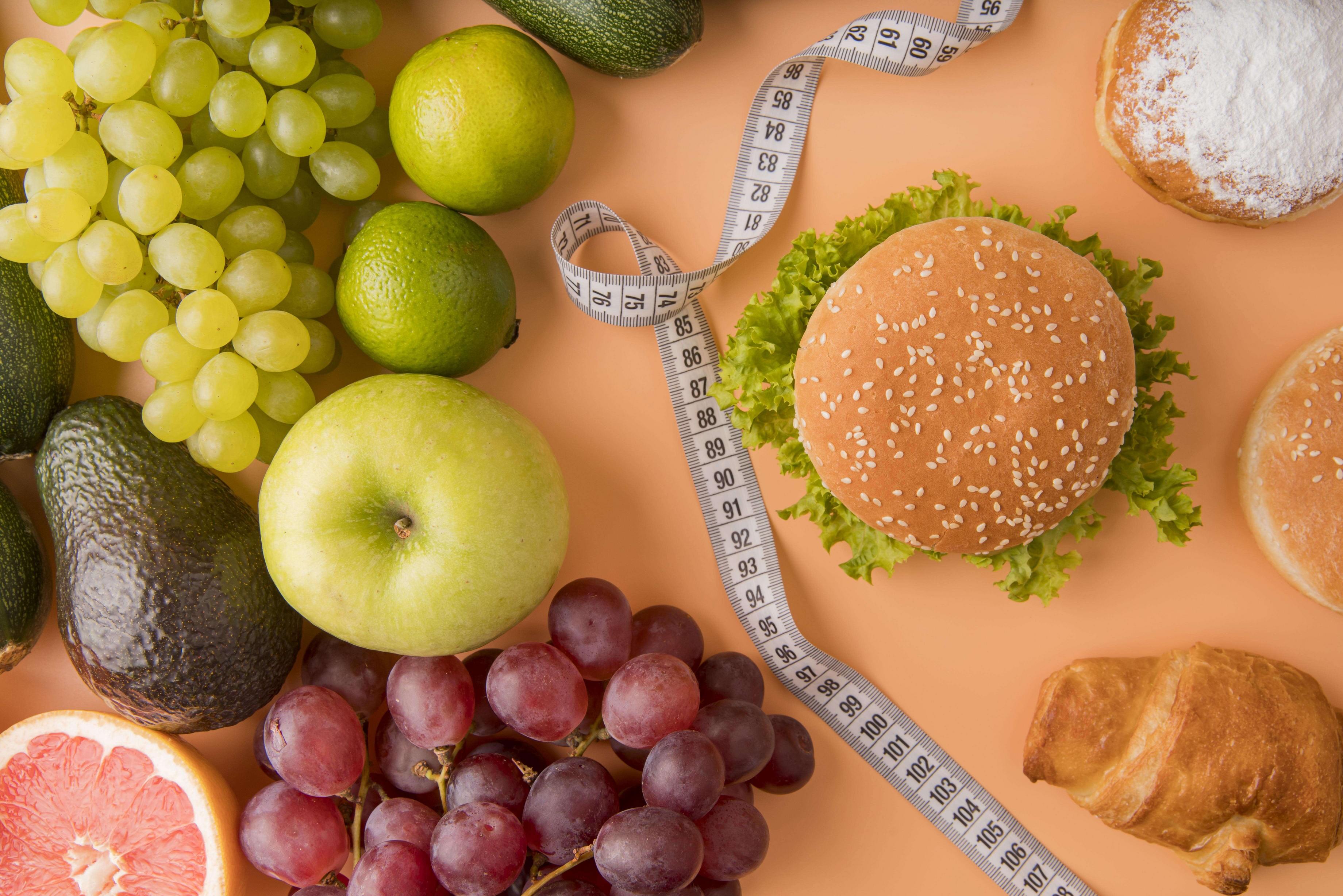
It is important to start young and lead a healthy lifestyle. As children grow up, they learn the importance of healthy eating habits and how to exercise. While it is difficult to have a balanced diet, many studies show that this is possible. This includes plenty of fruits and vegetables, whole grains, and proteins. Maintaining a healthy weight is key to a healthy lifestyle.
The Healthy Lifestyles program was designed by individuals with disabilities. As more people become healthier, the holistic approach to healthcare has been evolving. A Health Life Curriculum and Leader's Guide are included in the workshop to assist participants in living a healthy lifestyle. The workshop also includes six follow-up meetings where the workshop participants discuss their progress on their personal goals, share resources, strategies, and successes, and learn how to maintain a healthy diet and lifestyle.

The program is composed of three parts: advocacy, education, and clinical care. Teachers must complete the Lead Healthy Lifestyles Leader certification workshop in the first phase. The workshop simulation is included in the training. The workshop provides the opportunity for the trainees to gain experience with the curriculum and philosophy. To learn more about Healthy Lifestyles, the second phase of the Leadership Training program is offered to the leaders.
The programme is multi-phased, spans three school term and focuses primarily on a healthy lifestyle. It encourages physical activity as well as energy balance. The piloting phase aims to develop relationships with the children and raise awareness about the programme. In the final phase, the children will begin to implement the Healthy Lifestyles principles in their daily lives. You can also have many aspects to a healthy lifestyle. Make sure you make a plan.
The second phase is the Creating a Supportive Environment. This phase aims at raising awareness about HeLP, and establishing relationships between parents and students. The school hosts workshops and professional dancers as well as sportspeople who talk to children about healthy living habits and offer practical advice. They are role models that can influence school culture and act as great role models. Health starts with good nutrition and physical activity. Healthy lifestyles can lead to better health.

Healthy lifestyle includes healthy food choices and healthy living habits. Regular exercise and a healthy diet are key components to a healthy lifestyle. A variety of healthy foods is the first step to a healthy nutrition plan. Vitamins and minerals are available in foods. The healthy foods that you eat will help your body function better. Additionally, it is possible to eat less fatty food.
FAQ
What is the best workout routine to build muscle?
You need to perform two types of exercises when building muscle mass. These are isolation exercises and compound moves. Isolation exercises target particular muscles, while compound movements focus more on several groups at once.
You can improve your workouts by choosing exercises that challenge all major muscle groups. This ensures that your sessions are challenging and you are always working hard.
MyFitnessPal is an app that allows you to track your activities. It allows you log everything, including calories burned and weight lifted. You can also create custom meal plans based on your goals.
What's a good workout plan for 7 days?
A seven-day exercise plan should include cardiovascular training (running/biking/swimming), strength exercises (using weight machines, free weights) and one flexibility/core program (yoga or Pilates). Each activity should be done at least once per week. Each session should last no more than 45 minutes.
Cardiovascular Exercises: Running, biking, swimming
Your goal is to exercise at least 60 minutes each week. Aim for 75 minutes per week to get the best results. Cardio exercise can improve blood flow and stimulate muscle development.
Strength Training
Cardio exercises target the heart, lungs and muscles. Strength training targets the muscles, tendons and bones. Strength training is a great way to build lean muscle mass that helps you burn calories even if you are not actively exercising.
Flexibility and core workouts
Flexibility and core workouts are great ways to strengthen your entire body. Both yoga and Pilates are excellent options.
What does butter do?
Butter is one the most nutritious sources of saturated oils. This type fat is great for your skin and hair. It also helps you build stronger bones.
Butter also contains vitaminK, which prevents bleeding after cuts and bruises. Vitamin K and vitamin B work together to prevent any bruising.
Butter is rich in minerals such as calcium, potassium, and phosphorous. These elements promote stronger bones and teeth.
Butter does have some drawbacks. Butter has high cholesterol. A few studies have shown that too much cholesterol can increase the risk of developing coronary disease.
Butter also contains high amounts of saturated fat, which contributes to obesity and increases cholesterol.
Butter can be spread on bread, but you don't have to dip it into soups or salads if you absolutely must. Bread absorbs more oil than potatoes or pasta.
Do Men Need A Gym Membership?
For men, a gym membership is not required. A gym membership will make your money more valuable.
Most gyms offer free trial memberships, allowing you to try out the facilities before paying any fees.
The gym is open to all, and you don't have to pay anything. It's easy to cancel your membership when you decide whether or not you love the gym.
Statistics
- Get free shipping and 25% off today. (healthline.com)
- An estimated calorie range for moderately active adult males falls between 2,200 to 2,800 calories per day, depending on age. (eatright.org)
- Cardmembers earn 5% Back at Amazon.com with a Prime Credit Card. (amazon.com)
- 10 pounds in a month is likely during a lean bulking phase, especially for beginners. (muscleandstrength.com)
- The PRS enabled risk stratification for overall prostate cancer and lethal disease with a four-fold difference between men in the highest and lowest quartiles (HR, 4.32; 95% confidence interval [CI], 3.16-5.89). (pubmed.ncbi.nlm.nih.gov)
External Links
How To
How does a man become fit in just 30 days?
Breaking down your fitness goals into manageable steps is the best way to reach your goals.
Each day you need to be working towards your goal. This could mean doing 10 pushups every 5 minutes or running 3 km.
You will notice positive results if this is done consistently over time.
You must be consistent. It is important to persevere until you succeed.
What's the difference between Aerobic Fitness & Anaerobic Fitness, and how can you tell?
Anaerobic fitness refers the body's ability to do intense physical work while lacking oxygen. During periods of high-intensity exercise, we use anaerobic pathways to provide enough energy to complete the task. Anaerobic pathways are glycolysis, creatinephosphate and the phosphagen.
Aerobic fitness, on the other hand, is a sustained low-intensity exercise. When performing aerobic exercises oxygen is used to fuel the cells. The aerobic pathway is more efficient than the anaerobic.
You need to build up your aerobic capability if you plan on running a marathon. If you concentrate on building your anaerobic capability, you won’t be able complete the race.
Aerobic fitness may also be known as cardiovascular fitness. The most common methods for assessing cardiovascular fitness include VO2 max testing or step tests.
VO2 Max Testing
VO2 max refers to the maximum amount of oxygen (O2) used by the body during exercise. This test measures the amount O2 that the body can use when exercising.
This test is the best to determine your cardiovascular fitness. It requires expensive equipment and highly-trained professionals to administer.
Step Tests
Step tests are simple yet effective methods of measuring cardiovascular fitness. These are based on your weight and age, they require you to run or walk on a track.
These tests are inexpensive, easy to conduct, and can be done almost anywhere. You could, for instance, run on a treadmill for two minutes, rest for one minute, and then go back to the starting point for 20 minutes. Your heart rate should remain within a specific range throughout the whole session.
This method is known by the "Bruce Protocol". Bruce, a runner, developed this protocol after realizing that his heart rate did not rise when he ran longer distances.